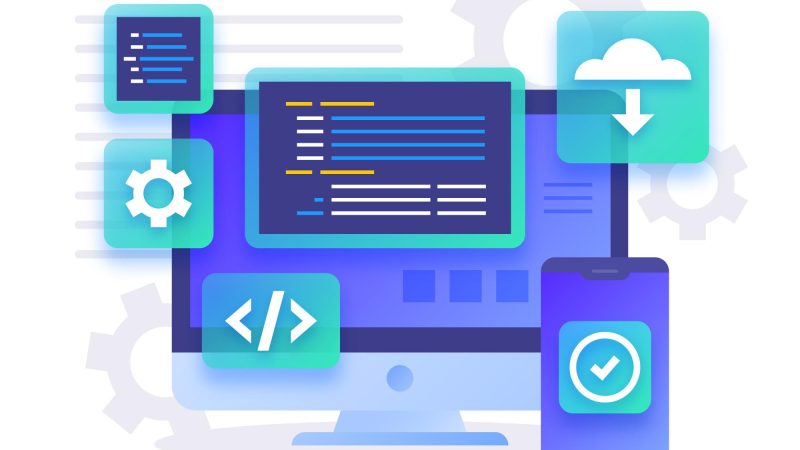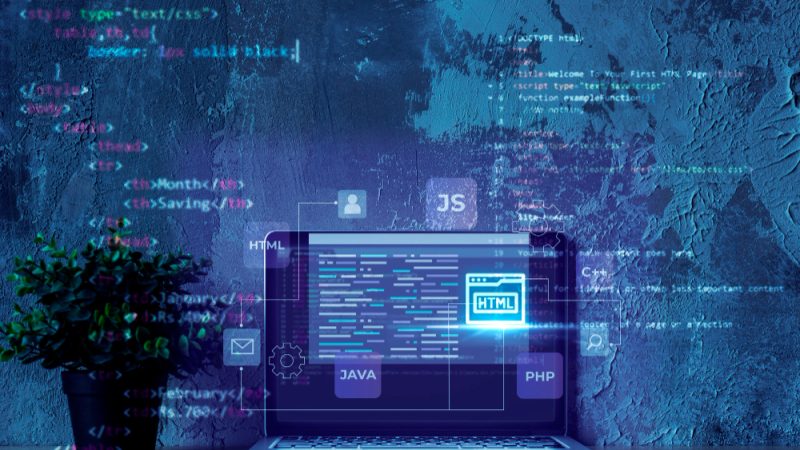Navigating the Long-Winded Upgrade Path from Drupal 8 to Drupal 9 and Drupal 10: A Guide for Businesses

The importance of staying on top of the latest CMS technologies is crucial in today’s competitive digital age. Staying up to date with Drupal offers numerous benefits, including improved security, bug fixes, performance enhancements, access to new features, community support, long-term compatibility, better user experience, and easier migration and upgrades. By embracing the updates, you can keep your Drupal-powered website optimised, secure, and aligned with the latest industry standards and trends.
If your business is currently using Drupal 8 or even Drupal 9, you may be contemplating the upgrade to Drupal 10. While the benefits of upgrading are undeniable, it’s crucial to acknowledge that the upgrade path from Drupal 8 to Drupal 9 and Drupal 10 can be a long-winded and complex journey.
In this blog, we will explore the reasons behind the complexities and provide insights to help businesses navigate this upgrade process successfully. Utilising the specialised services of experienced Drupal developers in Melbourne could save you time, money and much angst in the longer term.
Without sufficient know-how in house you could find yourself in frustrating dead-ends and delays or even the complete abandonment of a project. Engaging a web development company with a proven track record in this area can be a wise investment for any organisation serious about bringing the benefits of this CMS platform on board.
Introduction to Drupal Upgrades
Upgrading from one major version of Drupal to another involves significant changes and enhancements to the CMS core. These upgrades bring new features, improved performance, and security enhancements, ensuring that your website stays up to date with evolving digital trends. However, it’s important to note that the process of upgrading can be more involved and time-consuming compared to minor version updates.
Drupal 8 to Drupal 9: A Major Transition
The upgrade from Drupal 8 to Drupal 9 marked a significant shift in the Drupal ecosystem. Drupal 9 was built on Drupal 8’s foundation but removed deprecated code and introduced new features and improvements. While the transition from Drupal 8 to Drupal 9 is generally smoother compared to previous major version upgrades, it still requires careful planning and consideration.
Dependencies and Module Compatibility: One of the key challenges in the upgrade path from Drupal 8 to Drupal 9 and Drupal 10 is managing dependencies and ensuring module compatibility. Many Drupal websites rely on contributed modules and custom functionality, which may not be fully compatible with the latest versions. This means that businesses need to assess their existing modules, identify any deprecated or unsupported modules, and find suitable replacements or updates to ensure a smooth transition.
Custom Code and Theme Updates
Another complexity arises from the need to update custom code and themes to align with the changes introduced in newer Drupal versions. Custom modules, themes, and functionalities developed for Drupal 8 may require adjustments and refactoring to be compatible with Drupal 9 and beyond. This process involves thorough testing and quality assurance to ensure that all customisations continue to function as intended after the upgrade.
Data Migration and Content Strategy
During the upgrade process, businesses need to consider the migration of their existing data and content to the new Drupal version. This includes preserving user accounts, content types, taxonomies, media assets, and more. Careful planning and a solid content strategy are essential to ensure a seamless transition and avoid data loss or disruption to the user experience.
Timing and Resource Allocation
The upgrade process requires time and resources, both from an internal team and external experts such as Drupal developers in Melbourne. It’s important to allocate sufficient resources and plan for any potential downtime during the upgrade. Additionally, businesses must consider other ongoing projects and commitments to determine the best timing for the upgrade, ensuring minimal disruption to their operations and user experience.
Thorough Testing and Quality Assurance
To mitigate potential risks and ensure a successful upgrade, thorough testing and quality assurance are crucial. This includes functional testing, performance testing, security testing, and user acceptance testing. Rigorous testing helps identify and address any issues or inconsistencies before the upgraded Drupal site goes live.
Planning For a Successful Transition
Upgrading from Drupal 8 to Drupal 9 and Drupal 10 is an important step for businesses to keep their websites secure, performant, and equipped with the latest features. However, it’s essential to recognise the long-winded and complex nature of the upgrade process. By partnering with a reputable web development company and experienced developers, businesses can navigate this journey with confidence.
Selecting a team that is well-versed in Drupal upgrades and can provide the expertise and guidance needed to ensure a smooth and successful transition is vital to the project’s success. Be sure to discuss your Drupal upgrade requirements clearly to embark on a seamless journey towards Drupal 10.






